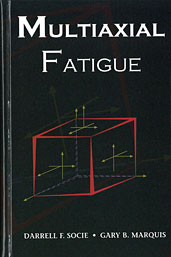Technical Paper
A Fuzzy On-Line Self-Tuning Control Algorithm for Vehicle Adaptive Cruise Control System with the Simulation of Driver Behavior
2009-04-20
2009-01-1481
Research of Adaptive Cruise Control (ACC) is an important issue of intelligent vehicle (IV). As we all known, a real and experienced driver can control vehicle's speed very well under every traffic environment of ACC working. So a direct and feasible way for establishing ACC controller is to build a human-like longitudinal control algorithm with the simulation of driver behavior of speed control. In this paper, a novel fuzzy self-tuning control algorithm of ACC is established and this controller's parameters can be tuned on-line based on the evaluation indexes that can describe how the driver consider the quality of dynamical characteristic of vehicle longitudinal dynamics. With the advantage of the controller's parameter on-line self-tuning, the computational workload from matching design of ACC controller is also efficiently reduced.

